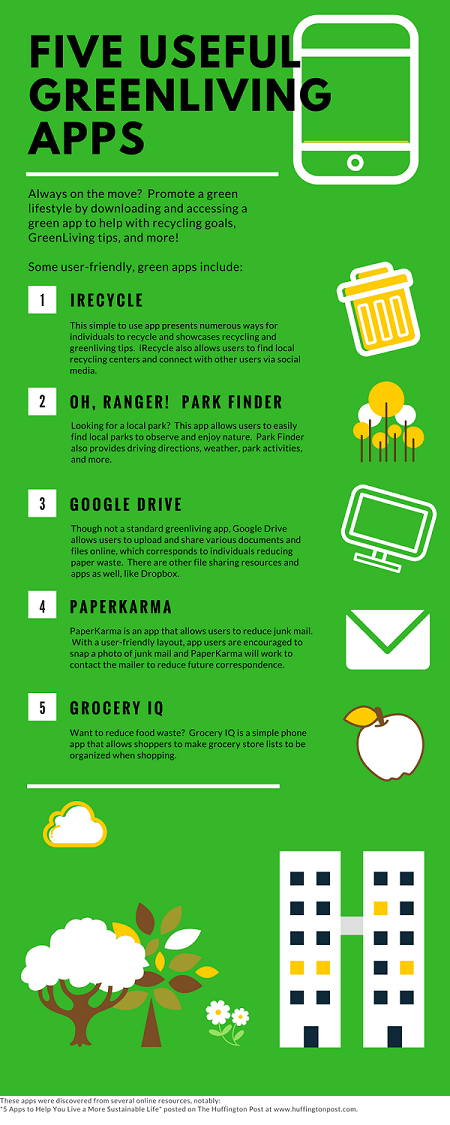Five Ways to Prevent Energy Vampires
How and Why to Stop Wasting Energy
With Halloween one week away, it is easier than ever to find vampire costumes or decorations in stores and outside neighborhoods and homes. But a certain type of vampire can lurk inside the home without anyone knowing: energy vampires! While not the scary character featured in books or movies, "energy vampires" is a term used to describe appliances or devices that use small amounts of energy even when the appliance is turned off and not used for hours or days at a time. But what exactly are energy vampires and why and how can they be prevented? Learn more here:
What exactly are energy vampires?
An "energy vampire" is any device or appliance that plugs into a wall outlet for an extended period of time when turned off. Many people believe that appliances only use energy when turned on and in use. However, small amounts of energy are used when devices are turned off but remain plugged into outlets. Common energy vampires include coffeemakers, laptop and phone chargers, and even floor lamps. These devices may be turned off but the appliances are still using energy.
Why are energy vampires negative for "green": and eco-friendly homes?
Those who live a green life often try to find creative and effective ways to limit energy use and reduce waste. Energy vampires may use small amounts of energy when not in use, but that amount of energy can add up over the days, weeks, and months that appliances are plugged into the same wall outlet. Small amounts of wasted energy eventually may cause a large, negative, problem for the environment.
How can energy vampires be prevented?
Energy vampires can be prevented by following some simple steps:
1. Create a list of appliances: One way energy vampires can be prevented is to manually unplug appliances and devices after single uses. Some devices, like toasters and coffeemakers, and appliances, like power cords, can easily be unplugged after morning routines to ensure these energy vampires are not using excess energy during the day. To help remember what needs to be unplugged, make a list or keep a guide for every room of the home.
2. Invest in power strips: Some appliances are not as easy to unplug simply because they are used pretty frequently. In addition, some apartment residents may not want to take the time unplugging the multiple cords inside the home before leaving in the morning. One solution is to invest in long power strips and to plug several appliances into each strip. That way, instead of unplugging multiple devices, only several power strips need to be unplugged.
3. Know the "energy vampires" inside and outside the home: Energy vampires exist not just in the home but also in workplaces. Get to know some common energy vampires to practice greenliving inside and outside the home. Remember, energy vampires use energy when not on or operating. Some appliances, like the refrigerator, are always plugged in and continuously on and, therefore, are not energy vampires. Computers, lamps, and kitchen appliances are all common energy vampires. Curling irons and blow dryers are also examples.
4. Re-think the obvious: The holiday season is only a few weeks away. Though festive, holiday lights and similar decorations are examples of energy vampires. Try to invest in a timer for the decorations or simply turn them off after several hours.
5. Spread green facts: One way to prevent energy vampires is to talk to friends, family members, and coworkers about them and other, easy, ways to prevent wasting energy.
This post was inspired by two past posts to Grady's GreenLiving Tips:
"Don't Be Scared by Energy Vampires!" posted in October 2014.
"Five Household Appliances to Unplug Before Leaving for the Day" posted in February 2017.
Grady's GreenLiving Tips was created in 2014 by Grady Management, Inc. Grady Management was founded in 1965 and continues to provide a full service residential, commercial, and consulting real estate firm in the greater Washington and Baltimore metropolitan area. Learn more from our website or Facebook page.




Comments
Post a Comment